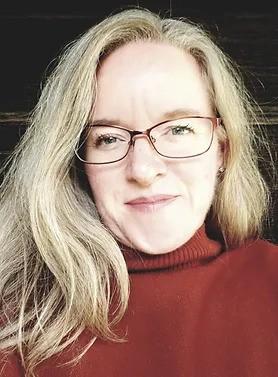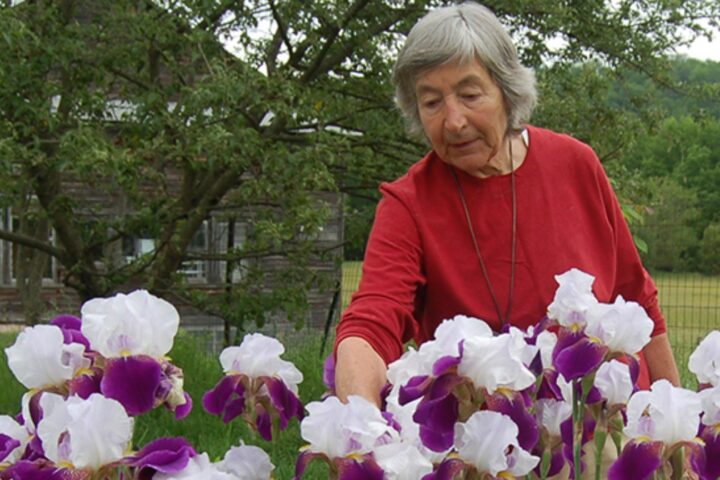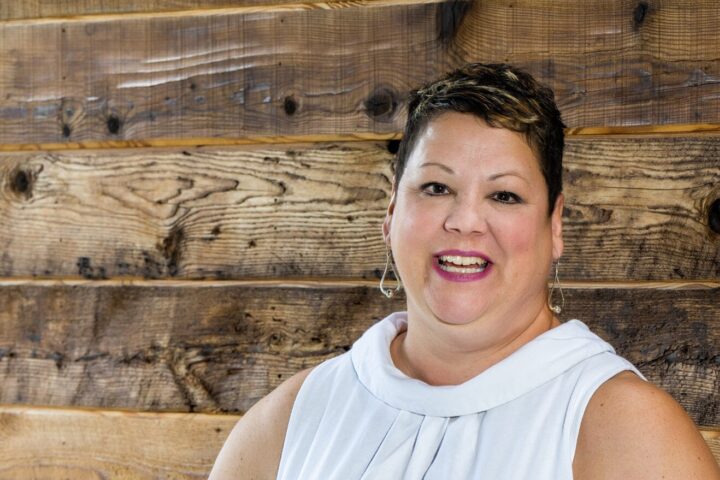Elizabeth Crisfield, a conservation scientist for more than 20 years, has been selected as the new Executive Director of ClearWater Conservancy beginning May 1, 2024.
 “I am so honored and excited to be joining the staff of ClearWater Conservancy,” Crisfield said. “ClearWater has a 40-plus-year legacy of land and water conservation in Central Pennsylvania, and I am looking forward to contributing my experience and passion to furthering the mission.” Throughout the interview process, Elizabeth expressed her goal to invest her efforts and expertise in securing central Pennsylvania’s natural resources in a meaningful and enduring way.
“I am so honored and excited to be joining the staff of ClearWater Conservancy,” Crisfield said. “ClearWater has a 40-plus-year legacy of land and water conservation in Central Pennsylvania, and I am looking forward to contributing my experience and passion to furthering the mission.” Throughout the interview process, Elizabeth expressed her goal to invest her efforts and expertise in securing central Pennsylvania’s natural resources in a meaningful and enduring way.
Crisfield comes to ClearWater with experiences ranging from working as a hydrologist and water rights negotiator as part of an interagency team for Everglades National Park in Florida to her current position as the founding consultant of the Strategic Stewardship Initiative. Since 2015, Elizabeth has been consulting with state fish and wildlife agencies with a focus on the prioritization of conservation actions to protect rare and declining species. She is also the president-elect of the Pennsylvania Biological Survey, an all-volunteer organization of biological experts assessing the conservation status of taxonomic groups to secure and recover imperiled species. She assumes the presidency this year.
“This is an exciting time for ClearWater as we welcome Elizabeth as our new Executive Director to support our incredible staff, board members, and volunteers,” said ClearWater’s Board President Kevin McGarry.
Crisfield graduated from James Madison University with a bachelor’s degree in physics in 1994, received a Master of Science in Agronomy (soil physics) in 1999 and then received her doctorate from The Pennsylvania State University in Geography in 2012. Her dissertation focused on opportunities for climate adaptation in the Appalachian Mountains.
Elizabeth and her partner, Doug Henry, an architect, have two school-aged children. They enjoy hiking, bicycling and camping as a family.
This post adapted from releases by ClearWater Conservancy.




